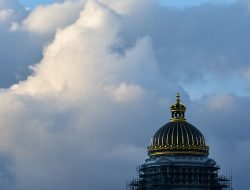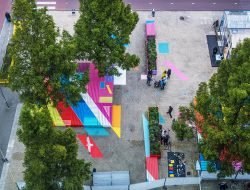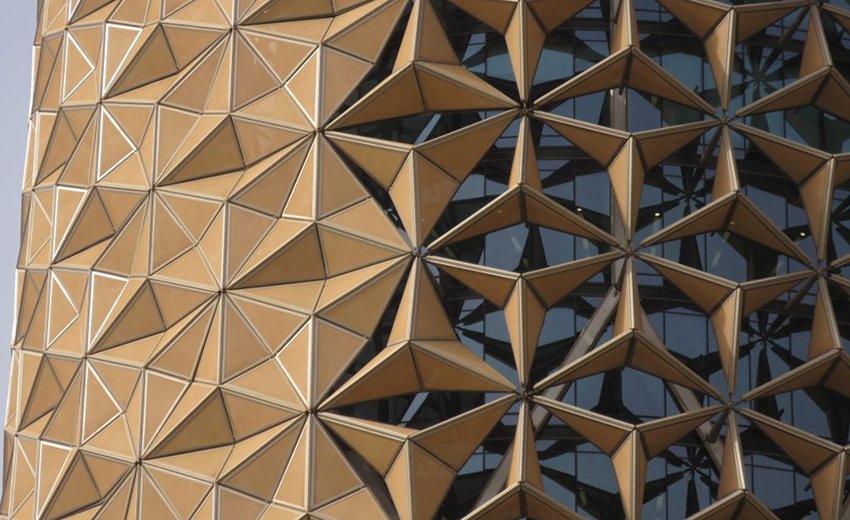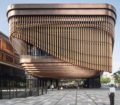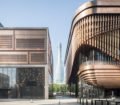Some static and closed buildings become alive and organic thanks to kinetic architecture: sometimes to bring in more light or, on the contrary, to protect themselves from sunlight. Focus on three kinetic projects by Foster + Partners and Heatherwick Studio, Aedas and HOK.
1. A façade that acts as a curtain
The Fosun Foundation in Shanghai is a cultural complex based on traditional Chinese theatres. The façade of the building of 4000 square meters is covered with three layers of curtains, made of copper tubes that are constantly moving. Designed by Norman Foster’s famous architectural firm and the design studio founded by architect Thomas Heatherwick, the front of the theatre moves continuously, like theatre curtains.
2. Towers dancing with the sun
Strange high-tech cacti overlooking the capital of the United Arab Emirates at a height of 145 meters, the Al-Bahar towers stand out as eco-friendly skyscrapers that are as innovative as they are virtuous. Their secret to consuming half as much energy? The British agency Aedas Architects has partially covered the façades with a double skin of removable panels controlled by a computer: new-look mashrabiyas that open and close according to the needs and the sun’s course, thus limiting the use of air conditioning and artificial lighting of offices in broad daylight.
3. A roof designed like a diaphragm
Inaugurated in August 2017, the Mercedes-Benz Stadium in Atlanta has 70,000 seats. And for many, it is the most innovative stadium in the world. Its asset: a gigantic roof that magically opens. The architectural firm HOK designed a retractable roof made up of eight translucent triangular panels which, once opened, give the impression of being spread bird wings. Another special feature is a glass wall that can be opened at the same time as the roof in order to aerate the stadium. Architect Bill Johnson explains that it was the motorised iris diaphragm of a photographic lens that inspired the project. During the day, the roof makes it possible to regulate the flow of light into the stadium.
Tags: Aedas, architecture, Foster, Hok, kinetics












